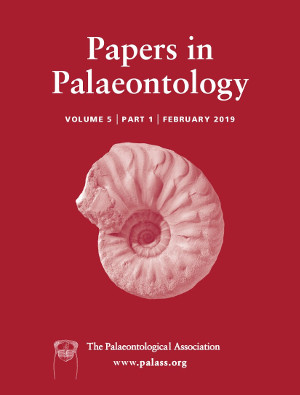Reg. Charity No. 1168330

Our knowledge of Neogene chelonian diversity in northern Greece is increased with the present description of a new species of Mauremys (Testudines, Geoemydidae) from the late Miocene to Pliocene of three localities in central Macedonia (Gefira‐2, Nea Silata, Allatini). This new species, Mauremys aristotelica sp. nov., is characterized by the presence of exceptionally wide vertebral scutes, a trait that is quite rare within Mauremys but has evolved independently in other pan‐testudinoid non‐testudinids. Total evidence phylogenetic analysis confirms the placement of the new species within Mauremys and reveals that its closest relative is Mauremys campanii from the late Miocene of Italy. It is also likely, under parsimony, that all geoemydids with similarly wide vertebral scutes from the Neogene of Eurasia form a clade nested within Mauremys. Our results also shed light on the evolution of geoemydids in the eastern Mediterranean during late Miocene to Pliocene times.